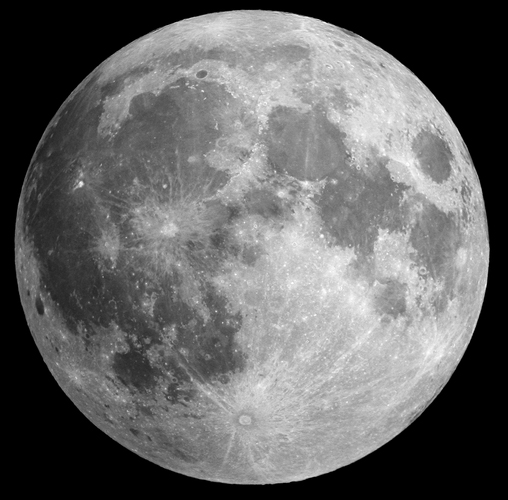
The Orion spacecraft and the Space Launch System (SLS) rocket lift off for the first time from NASA’s modernized Kennedy Space Center in Florida. NASA is targeting an SLS launch for August 29, 2022.
It has cost over $40 billion to get to this point and many years of delays. Hopefully it will be a successful mission.
Mission Facts:
Launch date: Aug. 29, 2022
Mission duration: 42 days, 3 hours, 20 minutes
Total distance travelled: 1.3 million miles
Re-entry speed: 24,500 mph (Mach 32)
Splashdown: Oct. 10, 2022
During this flight, Orion will launch atop the most powerful rocket in the world and fly farther than any spacecraft built for humans has ever flown. Over the course of the mission, it will travel 280,000 miles (450,000 kilometers) from Earth and 40,000 miles (64,000 kilometers) beyond the far side of the Moon. Orion will stay in space longer than any human spacecraft has without docking to a space station and return home faster and hotter than ever before.
This first Artemis mission will demonstrate the performance of both Orion and the SLS rocket and test our capabilities to orbit the Moon and return to Earth. The flight will pave the way for future missions to the lunar vicinity.
Objectives
- Demonstrate Orion’s heat shield can withstand the high speed and high heat conditions when returning through Earth’s atmosphere from lunar velocities
When Orion returns from the Moon, it will be traveling nearly 25,000 mph (40,000 kph) and experience temperatures up to 5,000 degrees Fahrenheit (2,800 degrees Celsius) as it enters Earth’s atmosphere, much faster and hotter than a return from low-Earth orbit. While the heat shield has undergone extensive testing on Earth and was demonstrated on Exploration Flight Test-1 in 2014, no aerodynamic or aerothermal test facility can recreate the conditions the heat shield will experience returning at lunar return speeds. Validating heat shield performance is required before crews fly in Orion. - Demonstrate operations and facilities during all mission phases
From launch countdown through recovery of Orion from the Pacific Ocean at the end of its mission, Artemis I provides an opportunity to test many aspects of NASA’s launch facilities and ground-based infrastructure, SLS operations, including separation events during ascent, Orion operations in space, and recovery procedures. During the flight, engineers will verify systems such as the spacecraft’s communications, propulsion, and navigation systems. Operating Orion in space will give engineers further confidence the spacecraft can tolerate the extreme thermal environment of deep space and successfully pass through the Van Allen Radiation Belt, that Orion’s main engine and solar array wings work as designed, and the flight operations teams can successfully manage and execute the mission, as well as demonstrate the performance of support systems for NASA facilities needed during the flight. - Retrieve Orion after splashdown
While engineers will receive data throughout the flight, retrieving the crew module after splashdown will provide information to engineers to inform future missions. Once returned to Kennedy after the mission, technicians will conduct detailed inspections of Orion, retrieve data recorded on board during the flight, reuse components such as avionics systems, and retrieve information from payloads. It will also allow NASA to demonstrate its recovery techniques and procedures, which are critical to the safe return of future crews.
For its return trip to Earth, Orion will get another gravity assist from the Moon as it does a second close flyby, firing engines at precisely the right time to harness the Moon’s gravity and accelerate back toward Earth, setting itself on a trajectory to re-enter our planet’s atmosphere.
